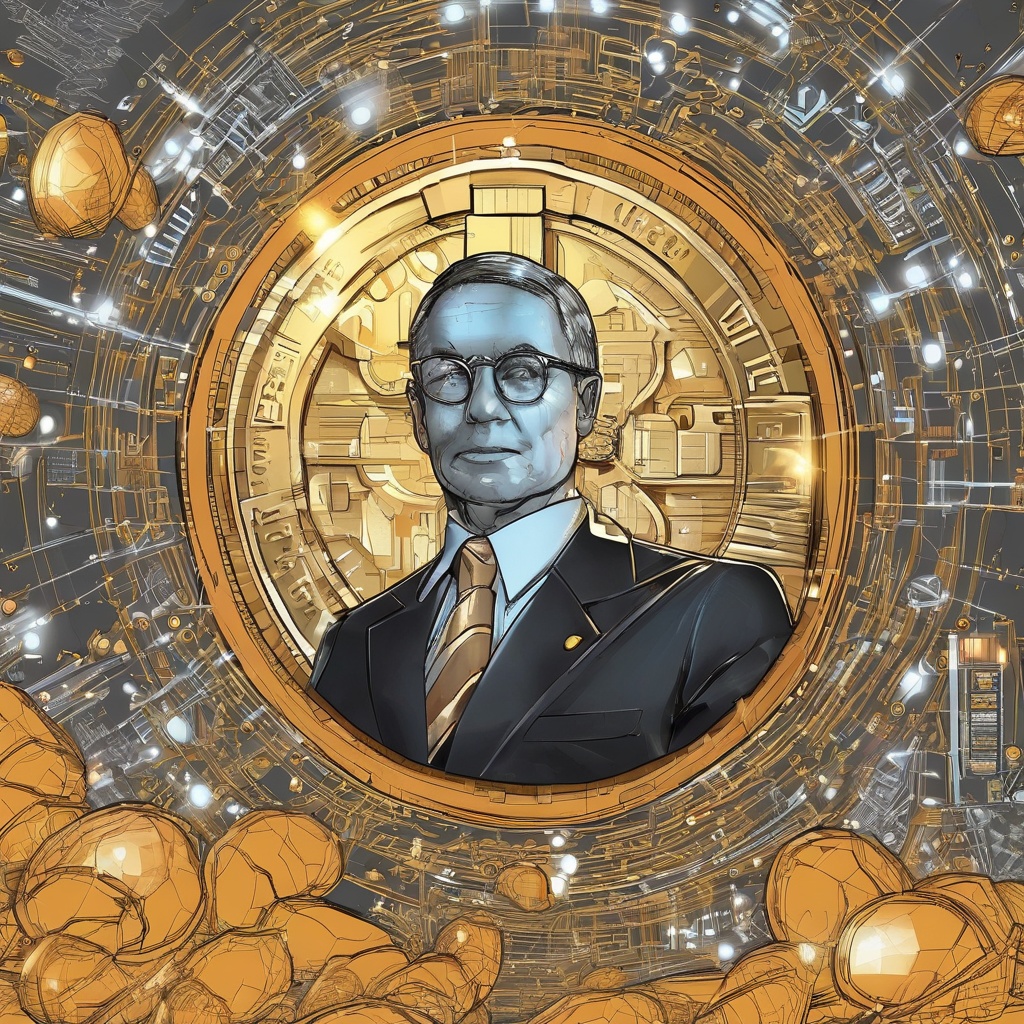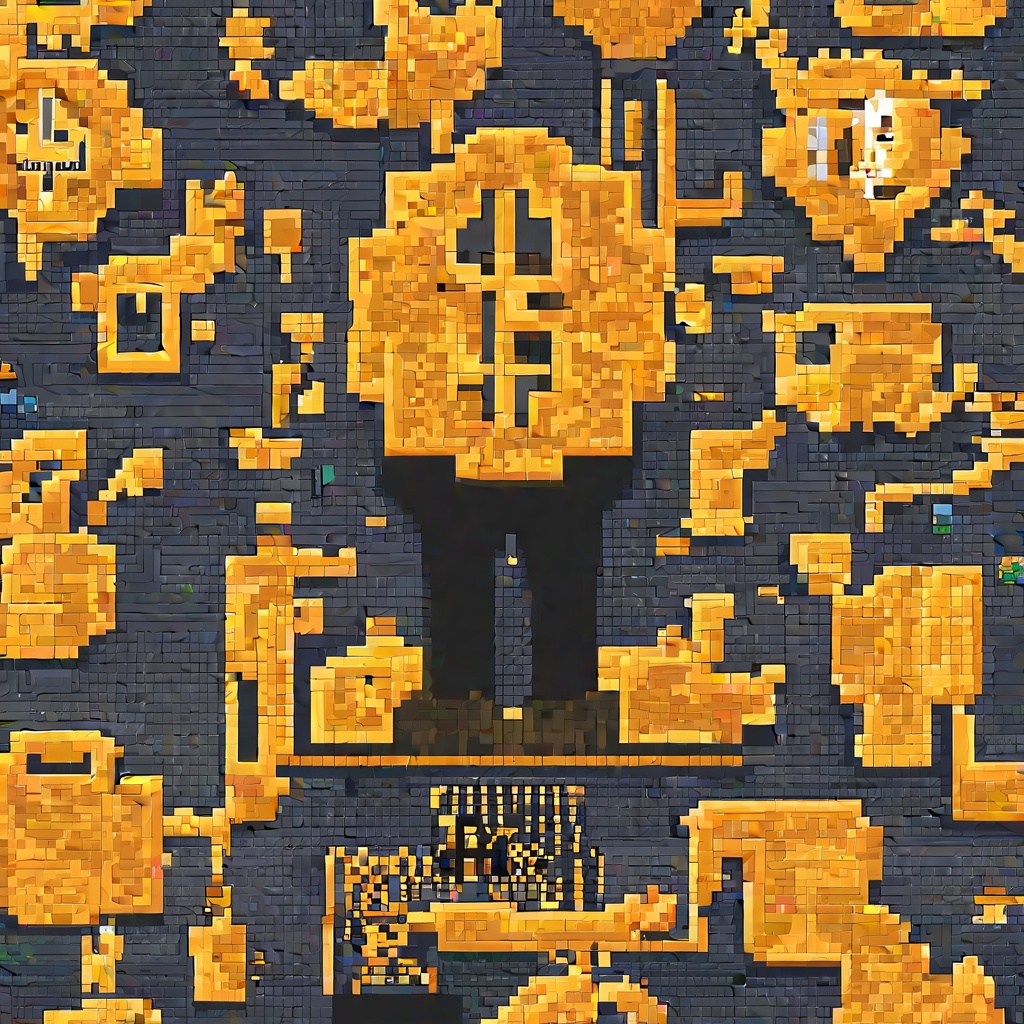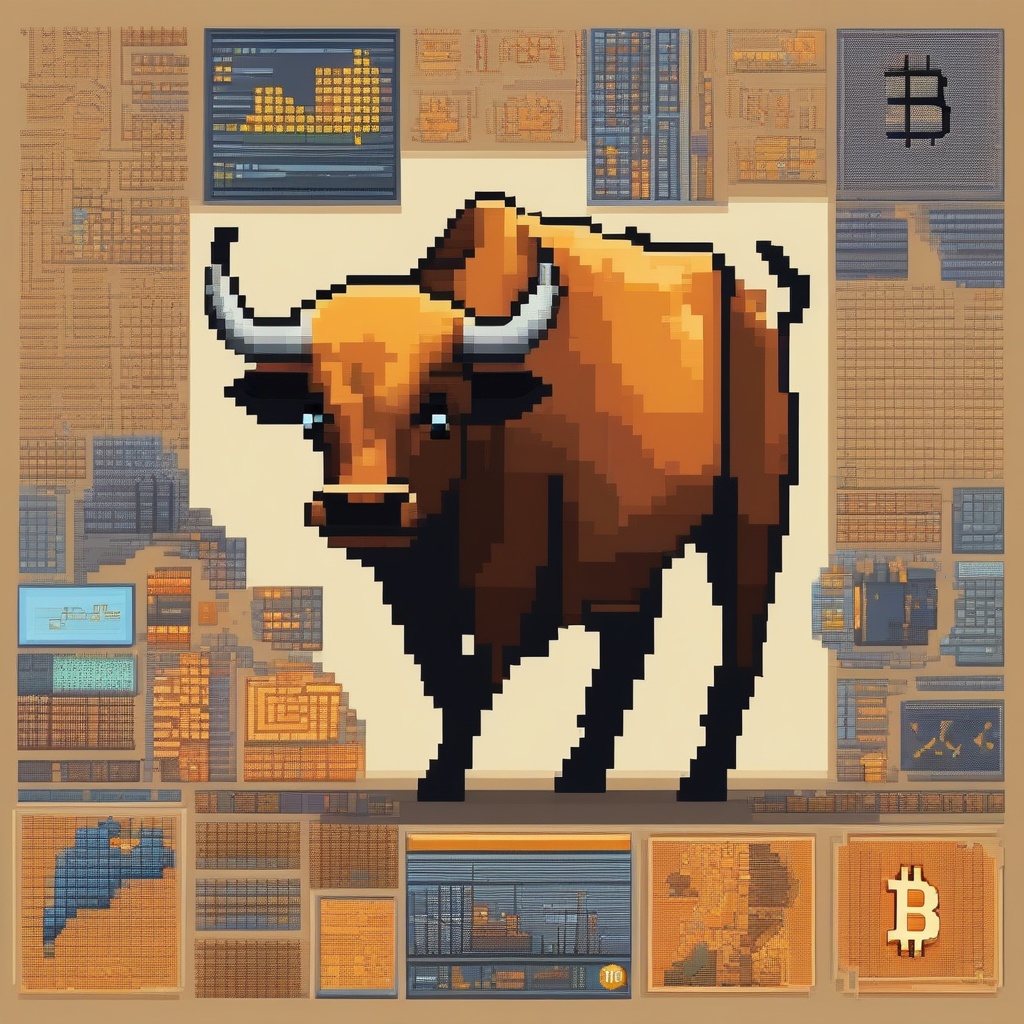What is the difference between L1 and L0?
Could you please elaborate on the distinction between L1 and L0 in the context of cryptocurrency and finance? Are they referring to specific layers of blockchain technology or perhaps a categorization of certain tokens or assets? If they are layers, how do they differ in terms of functionality, security, and scalability? Additionally, are there any notable examples of projects or platforms that utilize L1 and L0, and how do they utilize these layers to their advantage?

What is the difference between voltage ripple and current ripple?
Can you explain the fundamental difference between voltage Ripple and current ripple? How do they impact the performance and stability of electrical systems, and what measures can be taken to minimize their effects? Is it true that voltage ripple primarily affects the voltage stability, while current ripple affects the current flow? Additionally, are there any specific industries or applications where the minimization of one type of ripple is more crucial than the other?

What is the difference between Web3 and blockchain?
Could you elaborate on the fundamental distinction between Web3 and blockchain technology? How do they differ in their respective functionalities, and what are the key aspects that set them apart from each other? Is Web3 solely reliant on blockchain, or do they coexist in a more intricate and interdependent manner? Additionally, what are the potential implications of these differences for the future of the digital landscape?

What is the difference between EPIK and EPIK plus?
Could you please elaborate on the key differences between EPIK and EPIK plus? Are there any notable features or benefits that set them apart? Additionally, how do these differences impact the user experience and potential returns for investors? Understanding these nuances would greatly assist in making an informed decision.

What is the difference between COMEX and NYMEX?
Could you please explain the fundamental differences between COMEX and NYMEX? As both are commodity exchanges, I'm curious about their unique offerings, trading instruments, and any notable distinctions in their operations or market focus. Additionally, how do these exchanges compare in terms of global reach and influence on commodity prices?

